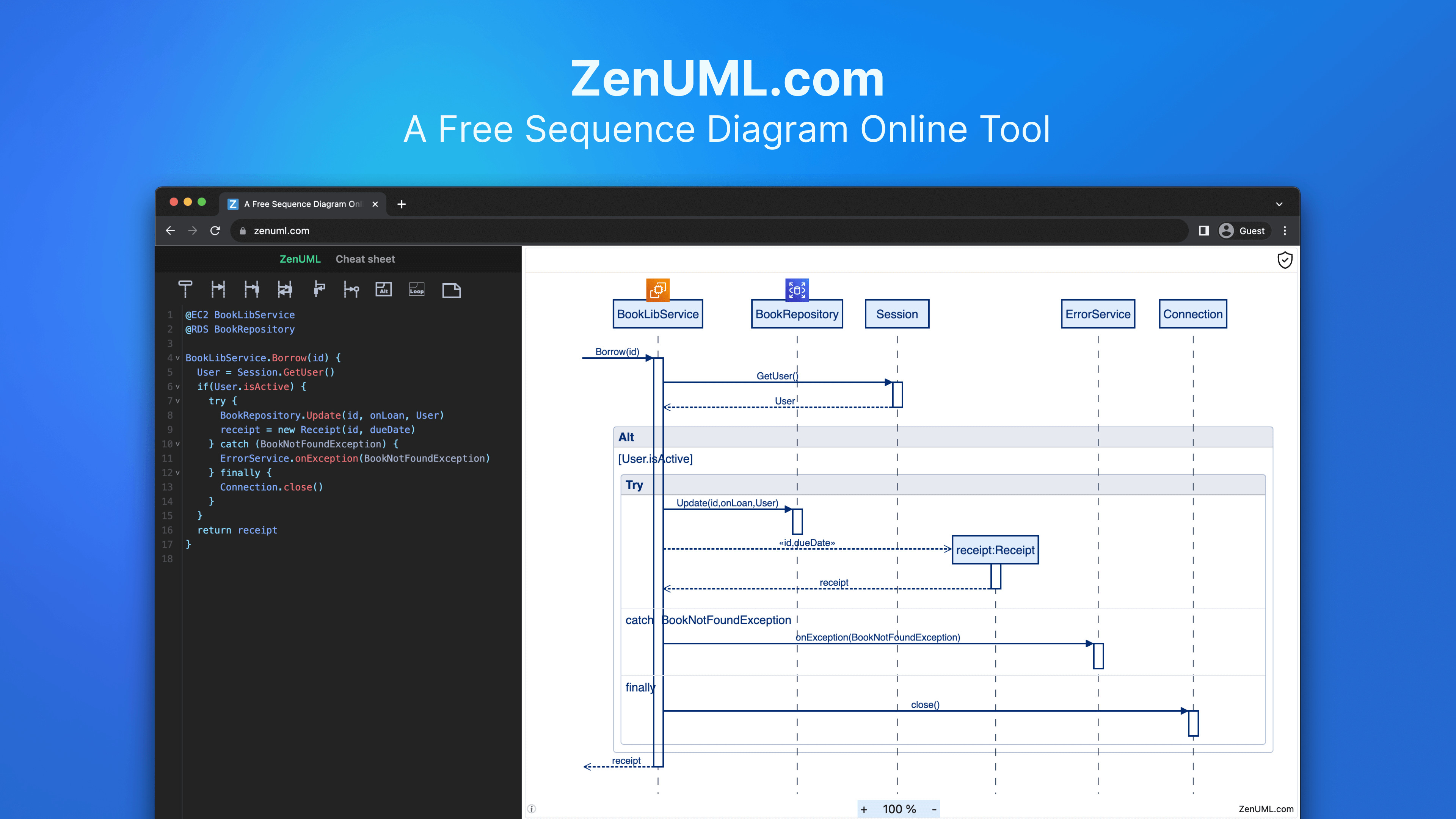Expanding the Understanding of Business Process Management
The concept of business processes is at the very heart of what makes or breaks a company's success. These processes encompass everything from the onboarding of new employees to the execution of customer orders. When processes are expertly crafted, they are the driving force behind peak operational efficiency and the delivery of exceptional customer experiences. However, as businesses expand and their operations evolve, it's common for these once streamlined processes to become overly complex or outdated, failing to meet the new demands of the company. To combat this, the practice of business process improvement is essential.
The Critical Role of Process Improvement
The journey of process improvement starts with a thorough analysis of the existing workflows. This is done to pinpoint bottlenecks, redundancies, or any form of inefficiencies that hinder performance. At this juncture, a sequence diagram emerges as an invaluable tool. It serves as a visual map that delineates the interaction between different parts of the organization over time. This visual aid is paramount in easily identifying areas where there are delays, redundant steps, or ambiguities in role responsibilities. Let's delve into the specifics of how sequence diagrams can significantly contribute to the process improvement initiative.


